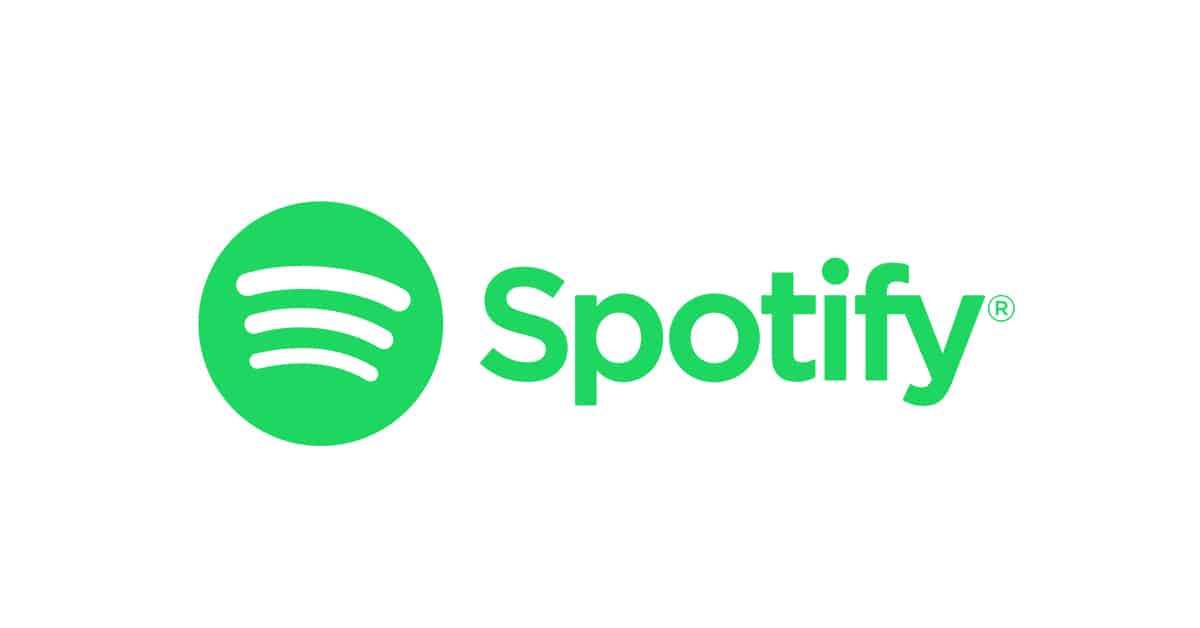- Founded: 2006 by Daniel Ek and Martin Lorentzon in Stockholm, Sweden
- Inspiration: Created to address the issue of music piracy and provide a legal, accessible platform for streaming music
- Launch: Officially launched in 2008 with a free, ad-supported tier and a premium, subscription-based tier
- Growth: Quickly gained popularity, expanding to numerous countries and amassing millions of users
- Milestone: Went public in 2018, listed on NYSE under SPOT
- Innovations: Introduced personalized playlists like Discover Weekly and Release Radar, as well as podcast integration
- Acquisitions: Acquired several companies including Anchor, Gimlet Media, and Parcast to enhance podcast offerings
- Rebranding: Continuously updated user interface and expanded features to improve user experience
- Current Reach: Over 365 million active users in more than 180 countries
- Impact: Transformed the music industry by providing artists with a new revenue stream and users with convenient, on-demand access to a vast music library
2. MOS (Margin of Safety)
When investing in a company, the first step is to look at the financials. Fortunately, Tykr does this for us automatically. The higher the score, the stronger the financials and the safer the investment. The higher the MOS, the higher the potential returns you can make.
- Summary: watch
- Score: 61/100
- MOS:6%
To see the most up-to-date Summary, Score, and MOS, please log into Tykr.

3. Meaning
When investing in a company, it’s important to know how a company makes money. A mature business model has multiple streams of revenue which allow the company to weather downturns in the economy.
Here is how Spotify (SPOT) makes money:
- Subscription Revenue: Generates income from monthly subscriptions to its premium music streaming service.
- Advertising: Earns revenue from displaying ads on its free-tier service.
- Partnerships: Generates income through partnerships with brands and advertisers for sponsored playlists and content.
- Merchandise and Events: Sells merchandise related to artists and promotes events through the platform.
- Data Monetization: Utilizes user data to offer targeted advertising and personalized recommendations, generating additional revenue.
- Artist Services: Provides tools and services to artists and record labels for a fee, such as Spotify for Artists and promotional tools.
- Licensing and Royalties: Pays royalties to music labels and artists based on streaming activity and licenses music for its platform.
- Podcasts: Monetizes podcasts through advertising and partnerships, expanding its content offerings.
Spotify uses these various streams to maximize their earnings and provide diverse services to moviegoers.
Here are a few of the other companies that Spotify has acquired over the years. This is important because a company will use a “Buy before build” philosophy to go to market faster and add additional streams of revenue. A company with more revenue streams has a more stable business model. Keep in mind, that most companies don’t build new software because it takes too long to go to market and generate revenue.
- Anchor
- Gimlet Media
- Parcast
- The Ringer
4. Moat
When investing in a company, it’s important to understand how a company ranks against other companies in the same sector and industry. Based on the Score, here is how Spotify (SPOT) stacks up against other companies.
- Yelp Inc.(YELP) – 72
- Fiverr International Ltd.(FVRR) – 61
- Spotify Technology S.A.(SPOT) – 61
- Similarweb Ltd.(SMWB) – 56
- Autohome Inc.(ATHM) – 56
- Getty Images Holdings, Inc.(GETY) – 45
To see the most up-to-date Summary, Score, and MOS and each stock, please log into Tykr.
5. Management
When investing in a company, it’s important to understand who the CEO is, what they have accomplished in the past, and how they have helped this company grow. Good leaders typically have stronger cultures, less turnover, and better returns in the stock market.

